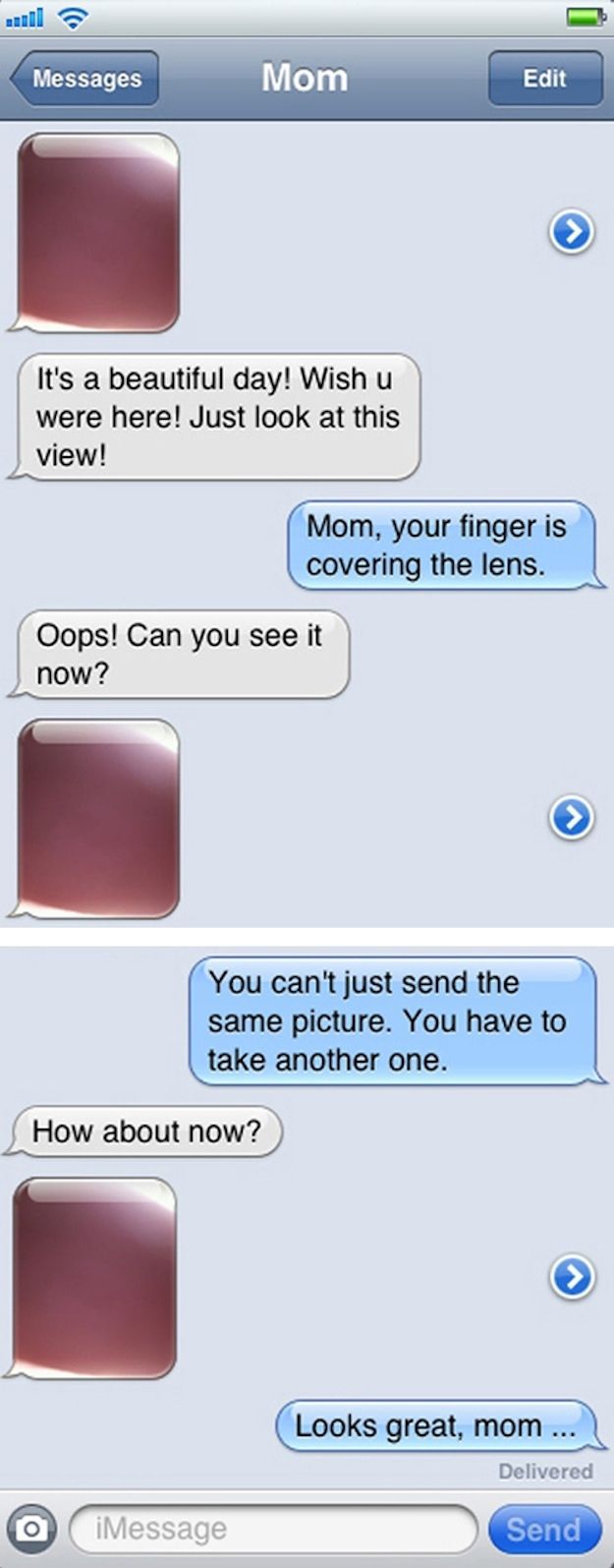I think my pedagogy has always been to incorporate my students' voices into their work and to encourage speaking, even if it isn't always grammatically correct. Now, I also bring social justice issues to the forefront of my practice. Prior to this class, my legends project was a written product. The digital content I have added makes this project much more tangible and hopefully, memorable, to my students. The first two pieces that I made on Google docs are excellent devices for providing a social justice and historical context to the text. They allow for collaboration, editing, and revision, as well as visual graphics like maps, pictures, and charts. I know that I too will be learning more about Aztec myths and legends as students engage in finding information together. I hope that this sparks a great in-class conversation about princess culture; I want to elicit conversation from their informed perspectives. This could become a mini-unit in the context of the dull grammar and vocabulary of my traditional textbook. (After taking this class, I might be changing that too through Digital Online Books.) The final piece, which was traditionally a creative essay, will become either individual or group assignments where students will showcase their creative modern legends through digital comic strips, videos, videoscribe, written pieces with links, or Prezis to the class, either on a website or in presentation format (which I will determine as this comes together). I hope to be able to capture a creative spirit (my pedagogy) through collaboration and the exploration of a digital tool. I will have to set aside the written grammar as this will tend to be a primarily spoken project with less written text. In letting go of some of my traditional teacher values, I hope to see more engagement and excitement from my students, just as my classmates and I experienced all week long in taking Curriculum 501.
My shift toward incorporating social justice issues into the classroom began with reading Lisa Delpit, who for the first time made me think about the way in which white people are viewed by minority populations who proclaimed, "They just don't listen." I began to think about stereotypes of all people, particularly the Hispanic population whose language and culture are often criticized or demeaned by my white students. I try use my teaching to combat negative stereotypes, including the issues we SCWAAMPed about in class, as they arise. In Privilege, Power, and Difference, Allan Johnson made me think of the umbrella under which I live; I am white, middle class, female, able-bodied, straight, and Christian. According to Johnson, those with the most cultural capital are straight white Christian men. It took me a while to wrap my head around that until I realized that I truly do not "have" to consider my race when I get up and go to work every morning. I don't need to prove anything, unlike my Dominican and Mexican colleagues who are constantly fighting uphill battles. I decided to bring SCWAAMP to my classroom and was met with resistance initially, but ultimately, understanding and appreciation from my Spanish IV honors students.
This project will provide me with an amazing opportunity to SCWAAMP with my sophomores next year in its connection to gender stereotypes through princess culture, as illustrated by Linda Christensen. I enjoyed analyzing Frozen and Brave, and can even envision analyzing Frozen in Spanish (it exists!) with my students as an activity. What I like is that this project takes me to a new level of thinking and opens the door for greater and more in-depth analysis of stereotypes; it is forum for a dialogue I hadn't considered when I taught Spanish III honors several years ago.
Michael Wesch brought the technological vision together for me; he demonstrated how irrelevant the traditional teaching style of teacher in front the classroom is for students today. I have been working on modifying and updating my curricula this year to incorporate more technology (Twitter, YouTube, online research), but this project is a new level of technological use for me. I am invigorated anew; I can't wait to start this and hopefully many similar projects in the fall with students across my curricula. It has been a phenomenal experience to add tools to my own digital backpack. Hopefully, the Spanish legend Los novios will seem more relevant and enjoyable to my Spanish III honors students through the use of technology.

